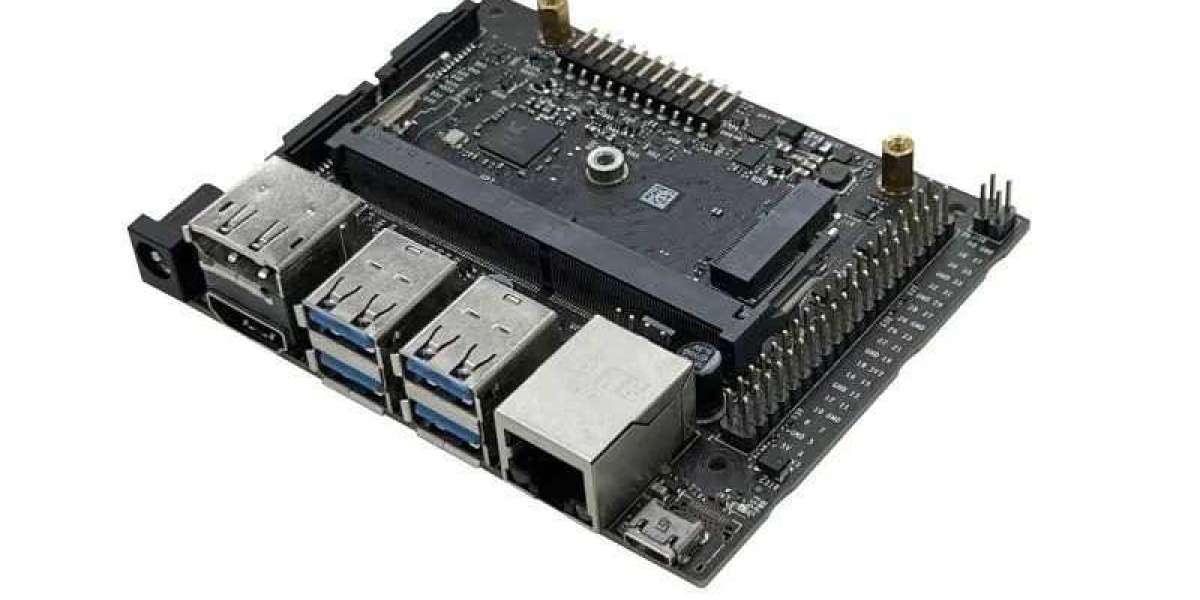For anyone passionate about electronics, innovation often begins with curiosity and a drive to build something meaningful. Whether it’s automating a home appliance, designing a wearable device, or creating a small robot, the journey from concept to reality hinges on the tools used. One of the most powerful and accessible tools for hobbyists and professionals alike is a microcontroller development board. This compact and programmable hardware platform has revolutionized the DIY tech space and continues to play a central role in both learning and prototyping.
A microcontroller development board integrates a microcontroller chip with essential components like input/output pins, communication ports, voltage regulators, and programming interfaces. This setup allows users to directly interact with sensors, actuators, displays, and other peripherals with ease. Whether you're a beginner trying to blink an LED or an advanced user developing an IoT solution, a microcontroller development board simplifies the process and brings your projects to life faster. By offering a balance of flexibility, affordability, and scalability, it becomes an ideal platform for experimentation and innovation.
Perfect for Beginners and Advanced Users
Electronics can often seem intimidating to newcomers, especially when dealing with raw components and complex circuitry. Microcontroller development boards break down these barriers by providing a user-friendly platform that supports structured learning. Popular boards like Arduino, Raspberry Pi Pico, and STM32-based platforms come with robust documentation, community support, and pre-built libraries that help users focus on logic and design rather than hardware-level challenges. For advanced users, these boards still provide room for customization, optimization, and integration with external systems, making them a versatile tool in any tech toolkit.
One of the standout advantages is how these boards help users grasp coding concepts alongside hardware functionality. You can write a simple program in C or Python, upload it to the board, and instantly see the effect through blinking LEDs, buzzing sensors, or moving motors. This direct feedback loop reinforces learning and encourages further exploration. Additionally, development boards often support modular add-ons such as shields, hats, or expansion boards, which extend functionality without complex wiring or soldering.
Essential for Prototyping and Innovation
In the development phase of any electronics project, prototyping is crucial. This is where microcontroller development boards shine. They enable creators to rapidly test ideas, iterate on designs, and build proof-of-concept models without investing in full-scale hardware development. From hobby projects to startup prototypes, many commercially successful products began their life on a development board.
Another key benefit is the ability to interface with a wide range of components such as temperature sensors, GPS modules, Bluetooth modules, and more. This plug-and-play nature makes it easy to test different components, troubleshoot issues, and adjust designs on the fly. When it comes time to scale the project, transitioning from a development board to a custom PCB becomes much easier because much of the groundwork has already been validated.
Fueling the Maker Movement and DIY Culture
The rise of microcontroller development boards has also fueled the global maker movement. Communities of DIY enthusiasts, educators, engineers, and students are constantly sharing projects, tutorials, and resources online. From instructables to GitHub repositories, this collaborative ecosystem provides endless inspiration and practical guidance for new projects.
Whether you want to build a smart garden that waters plants automatically, a motion-sensing security system, or a retro gaming console, there’s likely a development board and open-source code available to help you get started. This culture of sharing reduces the learning curve and lowers entry barriers, making electronics more accessible to all.
Conclusion
Every electronics enthusiast, regardless of skill level, can benefit immensely from incorporating a microcontroller development board into their projects. These boards act as both a learning platform and a launchpad for innovation, offering hands-on experience with coding, circuit design, and real-world applications. With countless possibilities and community support, they empower creators to not just imagine solutions but to build them—one line of code and one wire at a time.


